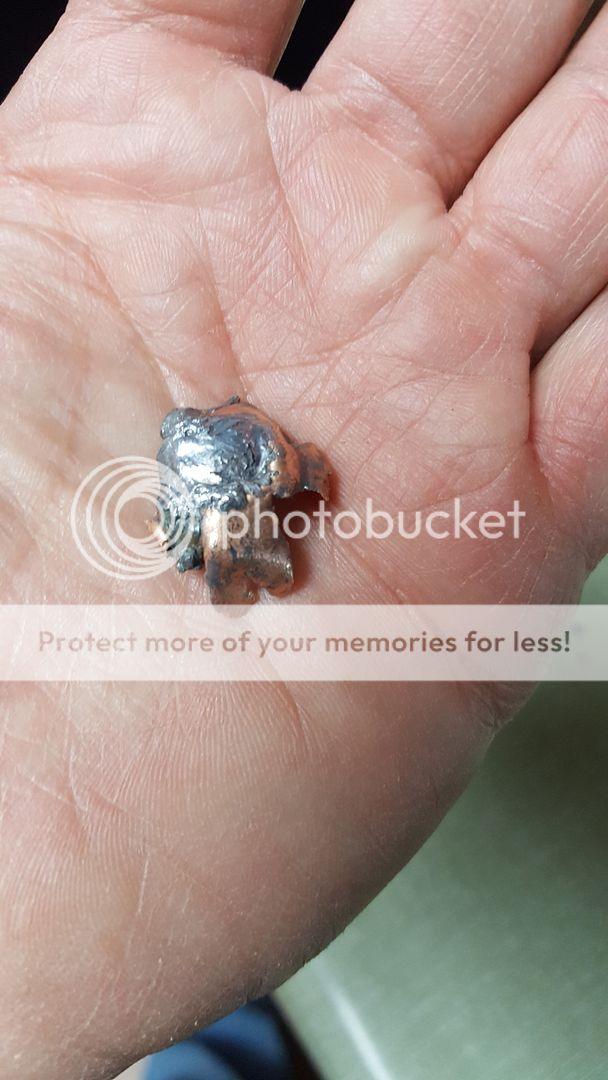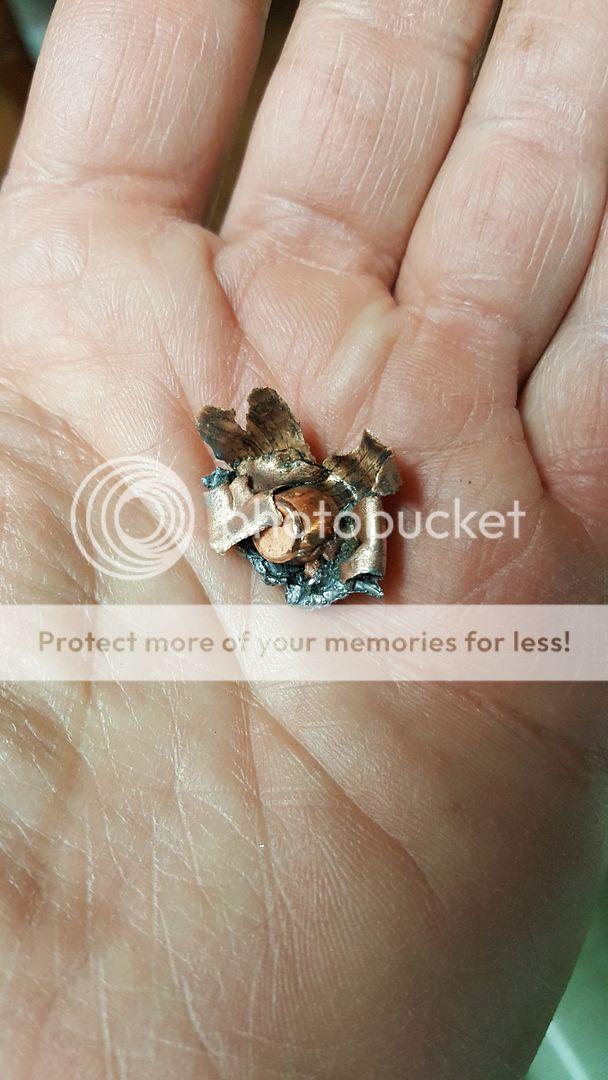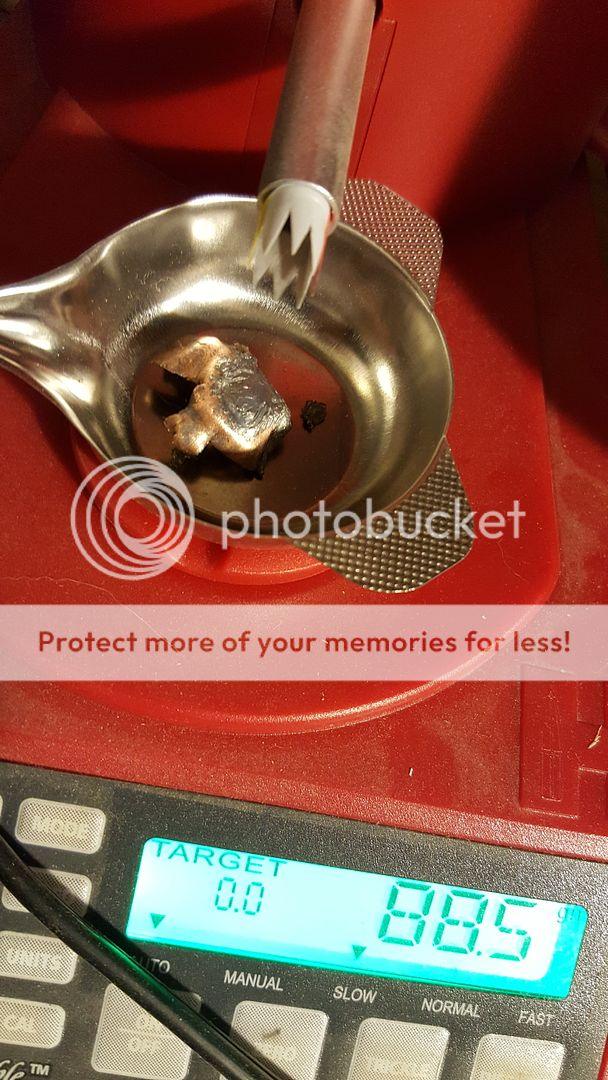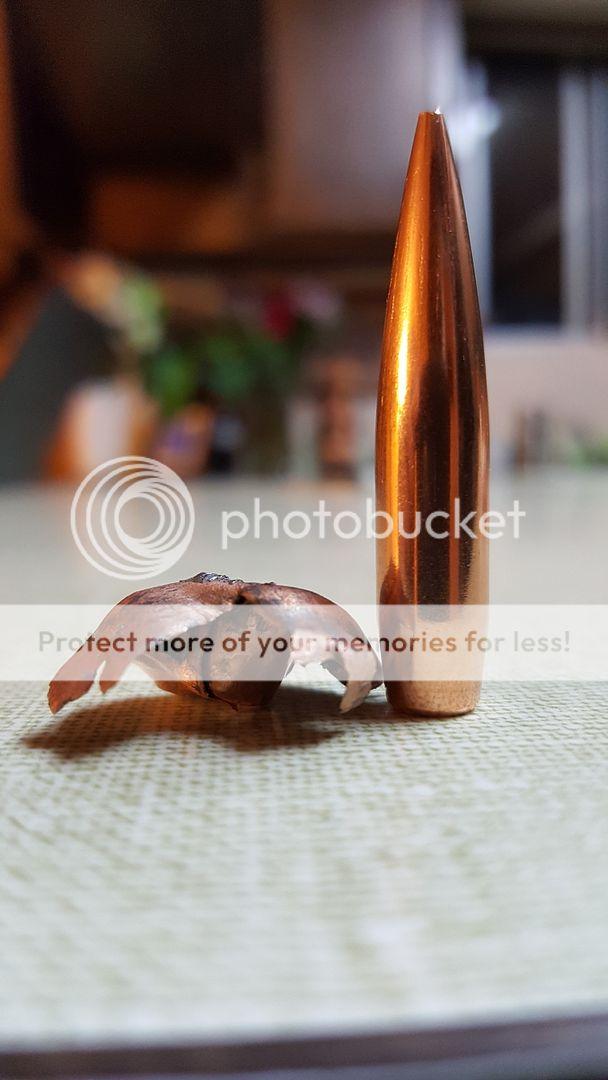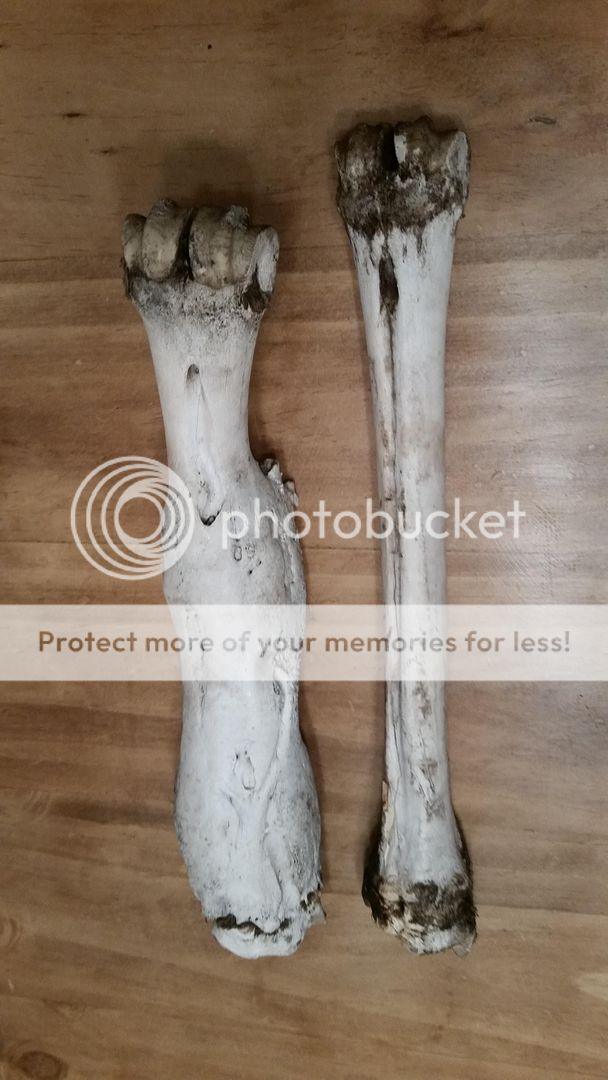MTLIVIN
Well-Known Member
I just got done butchering an old bull elk I shot with my bow and I discovered the reason this bull wasn't using his front left shoulder while walking, he had an old bullet wound from a highly fragmenting bullet. The bullet hit the leg bone near the "elbow" knuckle and disintegrated into the nearby tissues. The wound was completely calcified over and impossible to tell what bullet or caliber it was, but the thin jacket pieces I found look like a VLD type bullet to me. That shoulder had almost zero calf muscle and only half the meat of the right shoulder the bull used to get around on. The would definitely affected the bulls antler growth, was a heavy 6x4 approx. 7-8 yr old when I shot him but I'd bet he had a lot better antler growth previous years.
My wife shot a cow elk right in that same elbow knuckle with a 140 VLD in a 7mm-08 and that bullet had zero penetration into the vitals, same as this case (second shot was better). I also witnesses a 5 pt bull with a soft point bullet in its shoulder and moving on 3 legs 18 hours after being shot. So just a warning to those who haven't experienced shooting an elk in the bone with a light bullet, just don't do it, you wont like the results and the elk wont either. Crap happens, but its always in my mind to stay away from leg bones when I have Bergers loaded.
My wife shot a cow elk right in that same elbow knuckle with a 140 VLD in a 7mm-08 and that bullet had zero penetration into the vitals, same as this case (second shot was better). I also witnesses a 5 pt bull with a soft point bullet in its shoulder and moving on 3 legs 18 hours after being shot. So just a warning to those who haven't experienced shooting an elk in the bone with a light bullet, just don't do it, you wont like the results and the elk wont either. Crap happens, but its always in my mind to stay away from leg bones when I have Bergers loaded.



